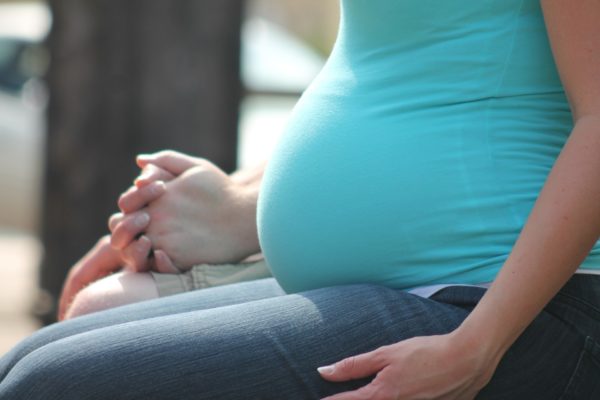New guidance for treatment of Lyme and other TBD in pregnancy

from the Lyme Disease Association website:
In a recently published review article,* authors provide a comprehensive summary of treatment options for pregnant patients with less common bacterial, fungal, and viral infections, including several tick-borne diseases (Lyme disease, ehrlichiosis, human granulocytic anaplasmosis, human monocytic ehrlichiosis, babesiosis, and Rocky Mountain spotted fever).
This review provides guidance to clinicians based on the most recently published evidence-based research and expert recommendations.
The review included a search of MEDLINE (inception to March 2021); clinical practice guidelines (both national and international); the CDC website; and additional references from bibliographies of noteworthy articles. The review also provides a list of medications on the WHO Essential Medications List that are used to treat the above infections (*Alyssa P. Gould et al., Drugs in Context-peer reviewed).
A summary of key treatment recommendations from the review article for several tick-borne diseases during pregnancy are as follows:
Lyme disease:
- Treatment of gestational Lyme disease is essential to reduce adverse outcomes in pregnancy. The data shows adverse outcomes in treated pregnancy is (11–16%) compared to untreated disease (50–60%).
- Doxycycline should not routinely be used in pregnancy for Lyme disease in order to avoid adverse side effects including transient suppression of bone growth and staining of developing teeth, especially with proven alternatives.
- Amoxicillin is the preferred treatment in the absence of neurological manifestations or atrioventricular heart block.
- Ceftriaxone is typically reserved for patients with severe neurological or cardiac manifestations.
- One study noted a non-significant increase in adverse pregnancy outcomes, such as pregnancy loss, among orally treated (31.6%) compared to parenterally treated (12.1%) pregnant patients.
- Alternative oral therapy is cefuroxime axetil and parenteral therapies include penicillin G or cefotaxime.
- Late Lyme disease (often manifesting as Lyme arthritis) may be managed with oral or parenteral β-lactams.
Ehrlichiosis & Anaplasmosis:
- If infections with anaplasmosis or ehrlichiosis is suspected, treatment should be initiated due to the likelihood of complications and potential for vertical transmission of disease.
- Rifampin has shown in vitro activity against ehrlichia and has been used successfully in limited case reports of pregnant women with anaplasmosis.
- Doxycycline has been used successfully to treat ehrlichiosis.
- Due to a lack of data, these pregnant patients should be closely monitored for resolution of disease.
- The addition of amoxicillin or cefuroxime is suggested if coinfection with Lyme disease is suspected, as rifampin does not have activity against B. burgdorferi.
Babesiosis:
- Patients with suspected babesiosis should be treated due to potential complications, including possible vertical transmission to the fetus.
- Combination therapy is preferred with clindamycin plus quinine.
- Longer treatment courses or retreatment may be needed in cases with symptoms and/or parasitaemia persisting >3 months. Resolution of parasitaemia should be used to determine treatment course.
Rocky Mountain spotted fever (RMSF):
- RMSF cases are associated with poor outcomes for the fetus, regardless of the treatment.
- Prevention is crucial for pregnant patients, and treatment should be provided within 3–5 days of exposure.
- Doxycycline is the preferred therapy. Treatment course is typically 5–7 days or 3 days after fever resolution.
- Chloramphenicol is a proposed alternative treatment; but there are concerns for significant adverse effects, including myelosuppression, aplastic anaemia, and grey baby syndrome, specifically at or near birth, and it is associated with higher mortality in RMSF. (chloramphenicol is not available orally in the US).
Read the full review article here.




















We invite you to comment on our Facebook page.
Visit LymeDisease.org Facebook Page